Exploring the Visual Interaction Design for Eurasia University Library's Digital Twin Model under the Metaverse study
DOI: 10.23977/jeis.2023.080401 | Downloads: 33 | Views: 1411
Author(s)
Xuan Li 1, Yunfei Zhao 1
Affiliation(s)
1 Xi'an Eurasia University, Xi'an, China
Corresponding Author
Xuan LiABSTRACT
This paper explores the development and application of digital twin technology and metaverse in the field of libraries. Digital twin technology blends physical entities with virtual models, allowing for real-time data synchronization, while metaverse creates a new virtual world, providing an immersive and highly interactive online environment. The purpose of this study is to investigate the potential application of metaverse in library services, to enhance their quality and convenience, and to introduce relevant concepts and technologies of digital twin models and metaverse. The design scheme emphasizes the importance of creating virtual library scenarios and designing interactive interfaces. The technical implementation involves the construction of digital twin models and the integration of metaverse platforms, as well as the application of scenarios and case studies, such as online guidance and resource retrieval, and virtual academic activities. This research contributes to the innovative development of the library field, providing new directions and insights for future library services.
KEYWORDS
Digital twin, metaverse, libraries, visual interaction design, virtual library, immersive experience, integration with metaverse platformsCITE THIS PAPER
Xuan Li, Yunfei Zhao, Exploring the Visual Interaction Design for Eurasia University Library's Digital Twin Model under the Metaverse study. Journal of Electronics and Information Science (2023) Vol. 8: 1-6. DOI: http://dx.doi.org/10.23977/10.23977/jeis.2023.080401.
REFERENCES
[1] Niu Q. Digital Twin Library: New Changes in Future Library Development. Journal of Sichuan Library, 2021, (06): 11-14
[2] Zhang H. Y., Zhang W. W., Li W. Y. Research on Management and Service Innovation of University Libraries in Special Times. Science and Technology Information, 2022-20 (05): 205-207. DOI: 10. 16661/j. cnki. 1672-3791. 2112-5042-0022
[3] Grieves M. Virtually perfect: Driving innovative and lean products through product lifecycle management. Florida: Space Coast Press, 2011.
[4] Yu G. M., & Geng X. M. Metaverse: The Ecological Landscape of the Mediated Society of the Future. Journal of Xinjiang Normal University (Philosophy and Social Sciences Edition), 2022, 43 (03): 110-118+2.
[5] Lan G. SH., Wei J. C., Huang Ch. Y., Zhang Y., He Y. T., and Zhao X. L. Metaverse for Learning Empowering Education: Constructing a New Pattern of Internet+ Education Application. Journal of Distance Education, 2022, 40 (02): 35-44.
[6] Fu P., & Chen Ch. S. Exploring social interaction in the metaverse: an analysis from the perspective of social affordance. Southeast Communication, 2022, (07): 71-73.
[7] Fang H. T. Design and implementation of personalized recommendation system for digital media based on user context. Beijing University of Posts and Telecommunications, 2010.
[8] Zhang X. What impacts will the Metaverse have on education. Yunnan Education, 2022, No. 1087, No. 1091 (Z1): 80.
[9] Li H. CH., & Ma J. Research on the Reconstruction of "People, Space, and Objects" in Metaverse Libraries from the Perspective of Immersion Theory. Information Science, 2022, 40(01), 10-15.
[10] Luo J. Learning transformation driven by information technology: from classroom learning to virtual learning, mobile learning, and ubiquitous learning. China Educational Technology, 2014, (01): 15-21+34.
| Downloads: | 13730 |
|---|---|
| Visits: | 579967 |
Sponsors, Associates, and Links
-
Information Systems and Signal Processing Journal

-
Intelligent Robots and Systems

-
Journal of Image, Video and Signals
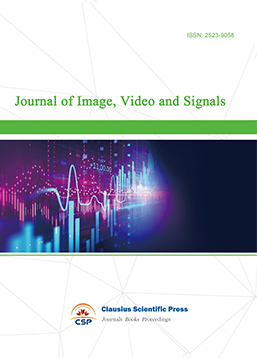
-
Transactions on Real-Time and Embedded Systems
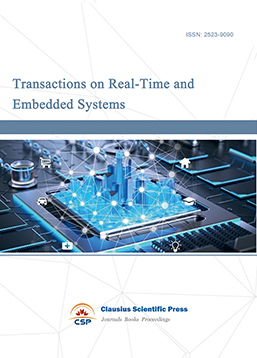
-
Journal of Electromagnetic Interference and Compatibility
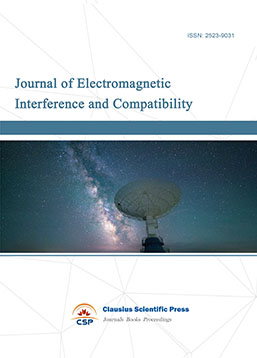
-
Acoustics, Speech and Signal Processing
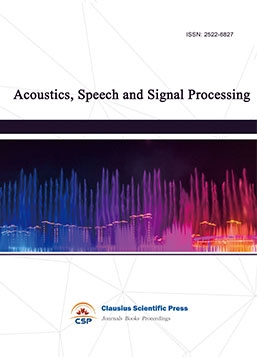
-
Journal of Power Electronics, Machines and Drives
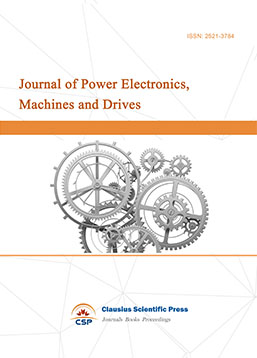
-
Journal of Electro Optics and Lasers

-
Journal of Integrated Circuits Design and Test
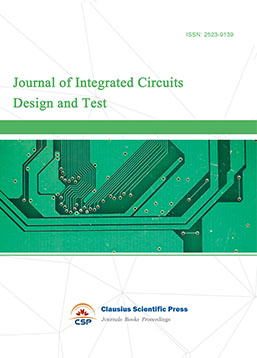
-
Journal of Ultrasonics
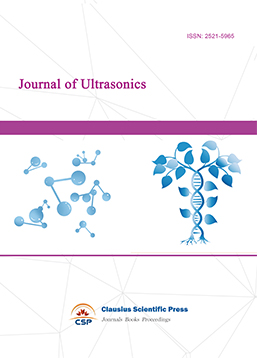
-
Antennas and Propagation
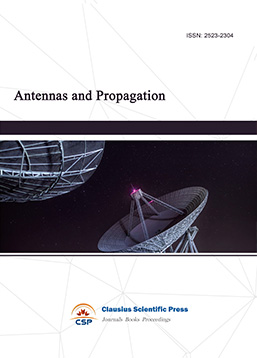
-
Optical Communications
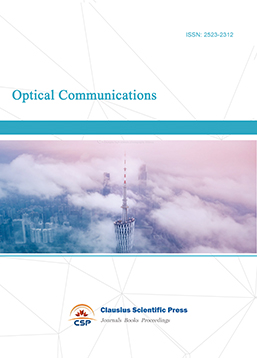
-
Solid-State Circuits and Systems-on-a-Chip
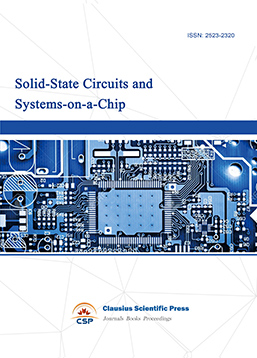
-
Field-Programmable Gate Arrays

-
Vehicular Electronics and Safety
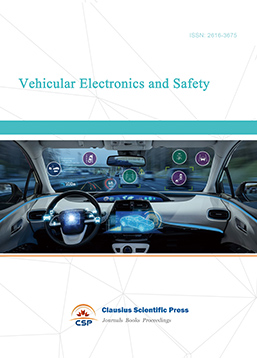
-
Optical Fiber Sensor and Communication
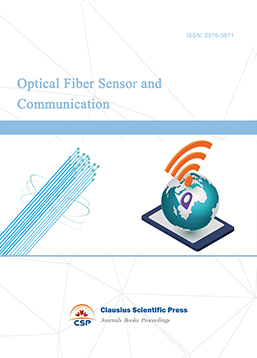
-
Journal of Low Power Electronics and Design
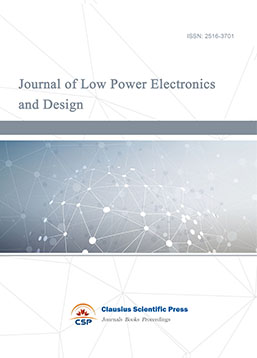
-
Infrared and Millimeter Wave
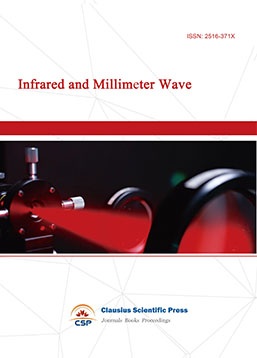
-
Detection Technology and Automation Equipment
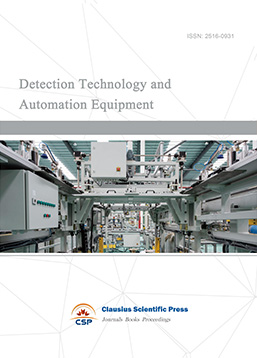
-
Journal of Radio and Wireless

-
Journal of Microwave and Terahertz Engineering
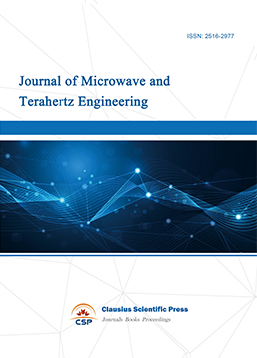
-
Journal of Communication, Control and Computing
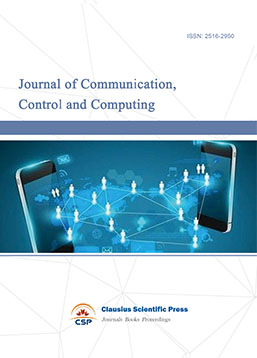
-
International Journal of Surveying and Mapping
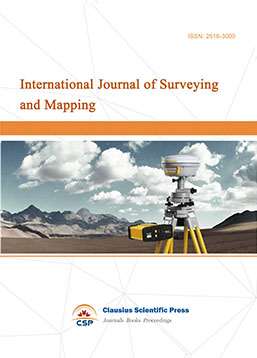
-
Information Retrieval, Systems and Services
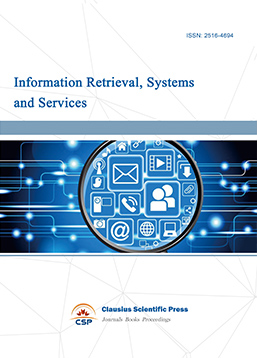
-
Journal of Biometrics, Identity and Security

-
Journal of Avionics, Radar and Sonar
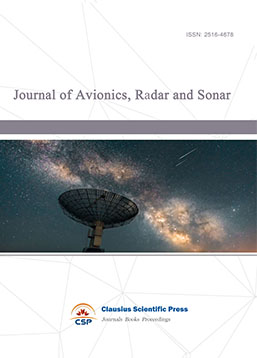

 Download as PDF
Download as PDF